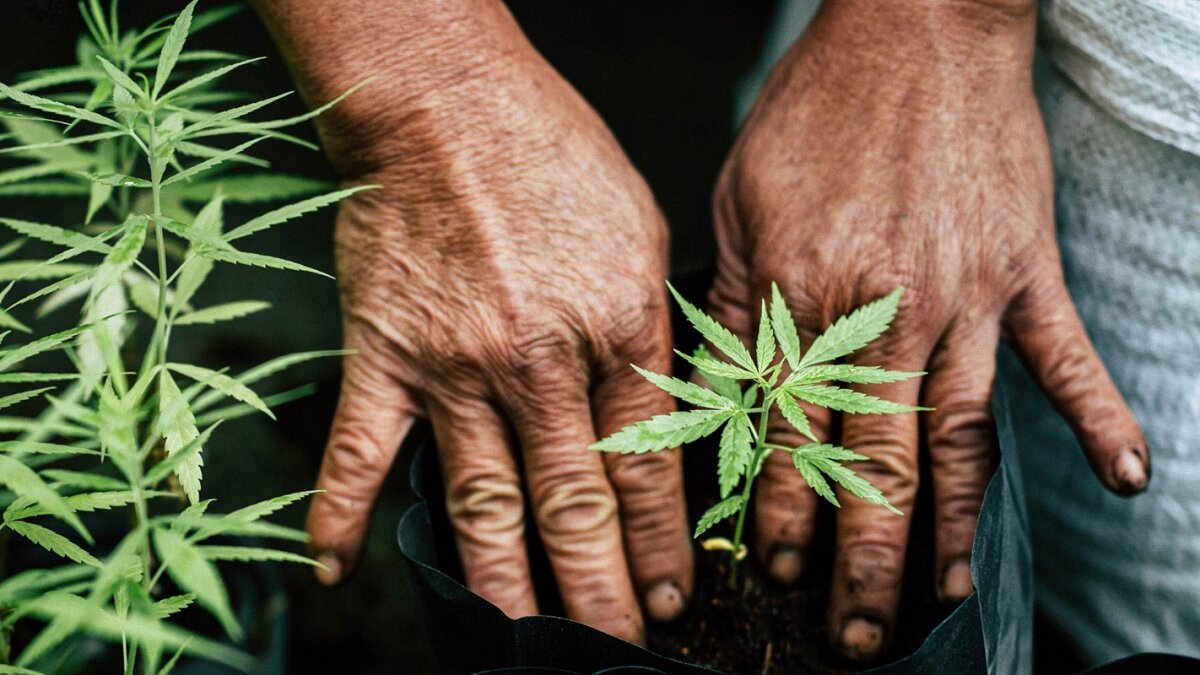Top 5 Nutrients for Growing a More Sustainable Cannabis Crop
Matt Coch
GrowGeneration
When it comes to growing cannabis, the type of nutrients we use play a major factor in determining the level of sustainability that is reached. There are so many elements on earth, from land or sea, that can be used to grow a cannabis plant from seed to harvest. This can be obtained in many ways but the most sustainable way, is using amendments that are made up of earthly compounds and introduced through the soil. There are many elements and nutrients that are vital to the growth of a cannabis plant but below you will find the 5 nutrients that are an absolute necessity for growing a sustainable crop and the organic elements that are used to introduce this to the plant.
Nitrogen
Nitrogen is by far one of the most essential nutrients of the cannabis plant. It is so crucial because it is an integral part of chlorophyl and is key in the process of photosynthesis. Plant tissue is also made up of mostly nitrogen, which is why you will quickly see signs of deficiency when there is an absence of it. For a plant to feed itself and grow, there must be a readily available source of nitrogen within the soil or grow medium. Some of the most popular organic elements that are used for nitrogen supplementation include alfalfa meal, blood and bone meal, cottonseed meal, chicken manure, feather meal, fish meal, bat guano, worm castings, and many other natural resources.
Phosphorus
Phosphorus is vital to the growth of a plant and is found in every living plant cell. It acts as a stimulant to support important biological response required for new cannabis growth, such as photosynthesis, metabolism, and nutrient uptake. The cannabis plant depends on the availability of phosphorus during all phases of development. Phosphorus is also one of the most limiting nutrients available globally. Large deposits of rock phosphate that are mined for commercial agriculture are limited to just a few countries making the demand high and the supply slowly decreasing. The most widely used organic amendments are bone meal, soft rock phosphate, high phos bat guano, fish bone meal, seabird guano, and shrimp and crab meal.
Potassium
Potassium, the 3rd macronutrient, next to Nitrogen and Phosphorus, is another important catalyst in the cannabis plant. Although the presence of potassium is very limited in the plant tissue, it interacts with nitrogen and participates in the compound of proteins and amino acids. During periods of drought, it improves the resistance of plants and is the main component to the strength of plant tissues. Potassium also works in conjunction with phosphorus to improve the strength and resistance of the root structure. It also plays a major role in the increase of mass, density, and volume of the buds. The most used potassium organic material include compost, kelp meal, greensand, sulfate of potash, and wood ashes.
Calcium
Calcium is one of the vital properties to the healthy growth of a cannabis plant and is one of the essential secondary macronutrients of plants. Calcium is needed in all phases of growth and is served in multiple functions. It improves the shifting of nutrients and is crucial in allowing the plant to absorb other nutrients. This is the main reason a calcium deficiency leads to other nutrient deficiencies. Calcium strengthens the cell walls in all areas of the plant and benefits the overall health of the plant. With improving the strength of the plant tissue, this allows for better resistance against diseases, pests, and protects your plant from heat stress. Natural sources of calcium include eggshells, lime, and gypsum.
Magnesium
Magnesium is one of the most important secondary macronutrients because it is an element that your plant needs in all stages of life in fairly large quantities. This element is most presently in the leaves and has an immediate impact on the plants ability of light absorption and creating sugars and carbohydrates. Magnesium also plays a crucial part in transforming light into energy. Some important organic resources of magnesium include dolomite lime and Epsom salts.
In conclusion, the top 5 nutrients for growing a more sustainable crop are the macro nutrients (nitrogen, phosphorus, potassium) and the “secondary” macro nutrients (calcium, magnesium). And the sustainability of the crop is strictly determined by the sustainable materials that are used to deliver these nutrients.



